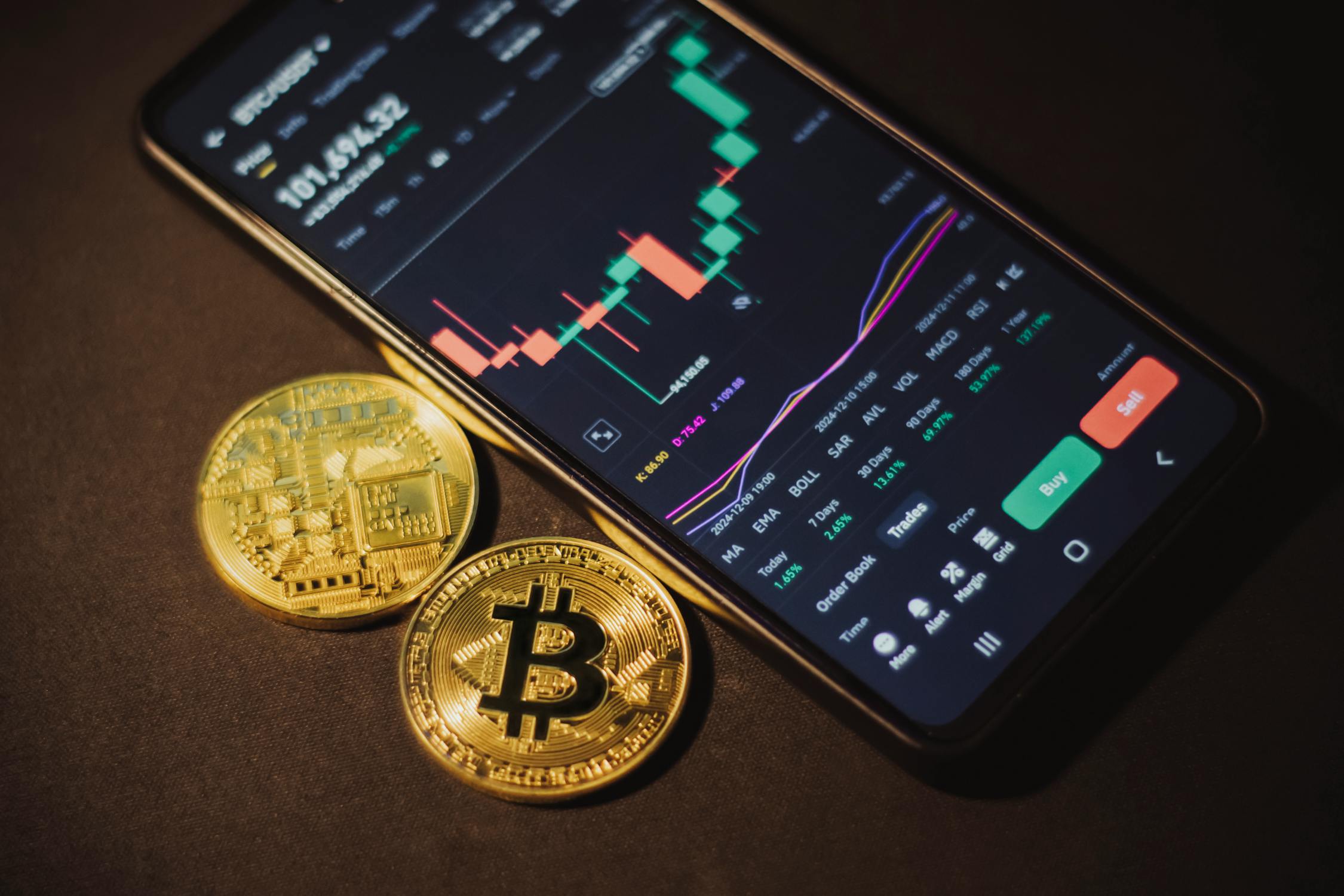Due to the nature of blockchain, international peer to peer transactions which will be without third parties and this in turn will eliminate specific complexities and costs. It is now easier to transact and record cross border transactions through the use of a single record keeping system which reduces the amount of records created and disputes, as well as lowers the time involved in settlements compared to the traditional way of doing transactions.
Blockchain changes the nature of global trade and allows it to be something more than just exchange of goods and services between countries and it does this by enhancing security, cost reduction and improving efficiency. Thus, blockchain becomes a new catalyst for shifting the paradigm of cross border trade by facilitating instantaneous payments and trade.
ENHANCING PAYMENT EFFICIENCY AND REDUCING COST
In the settlement of trade across international borders, blockchain technology has made it possible to be more efficient when making payments. Its common for SWIFT and other traditional systems to have too many banks, which in turn increases costs and causes delays. Through blockchain technology, the system is able to cut out these institutions, which increases the speed and decreases the cost of the payment processes.
In addition to this, for example Ripple, a blockchain-based platform, enables people to buy and transfer almost any asset instantly. These platforms do not rely on traditional wires, reducing a 3-5 days period to seconds. Also, fees when making transfers are much cheaper, which is good for businesses and customers in underdeveloped economies who lose a lot of money because of higher transfer fees.
Moreover, blockchain allows participants to know how far a transaction has gone. They can do so by viewing a single database record so that the payments are done precisely on time. This increased visibility not only decreases the likelihood of mistakes being made but also improves the level of confidence of the participants hence a more conducive business environment.
ENABLING TRADE AND TRADE FINANCE by IMPROVING DOCUMENTATION PROCESSES AND LETTERS OF CREDIT
As part of cross-border trade, trade finance usually involves a large volume of paperwork and documentation processes that can be cumbersome. There are several documents, which include letters of credit ‘LCs’ which serves as a guarantee between a seller and a buyer. These are time-consuming and prone to fraud. With the help of Blockchain technology these processes are easier, as it automates trade financing instruments as well as workflows with smart contracts.
affected by exchange rates such as stablecoins when trading internationally makes it more convenient.
Moreover, the use of blockchain technology eliminates trust issues which lowers most of the entry barriers. For SMEs that do not have sufficient trade history, they can use blockchains to create transaction records which help build trust in their credibility. This enables such businesses to interact with international players and help to promote inclusive economic growth and development.
conclusion
Trade payments are becoming efficient across state borders with the use of blockchain technology as a cross cutting solution aimed at solving the global trade’s age old problems. There is a lot to be gained from the use of blockchain in cross-border trade, from efficient payments, faster and seamless trade finance processes, better and more effective supply chain management, to growth for the developing economies.
With the increase of use, it is sure that blockchain will be an integral part of cross-border trade as it will facilitate cheaper, faster, with less risk transactions. Increased trust, no charge, no middle man, no high fees, and offering qualified international services. Increased efficiency in cross-border trade will also mean increased participation, making the world an even more united and fair place.
The possibilities of resolving multi-currency payment settlement using blockchain in the internati trade context reveals an avenue that can be further explored by all parties involved. In the end, as international business, state service and IT actively cooperate trying to get the most out of the technology, regardless of its phase, international business will change.

